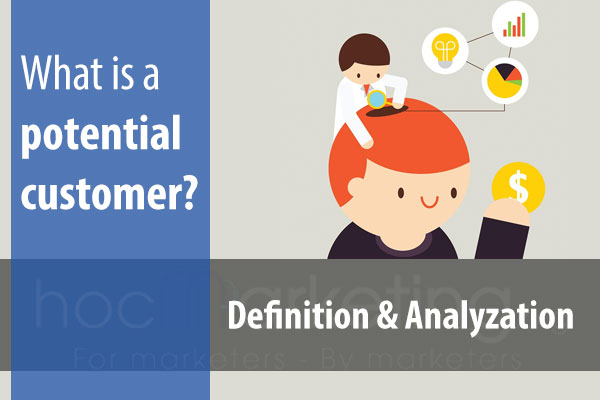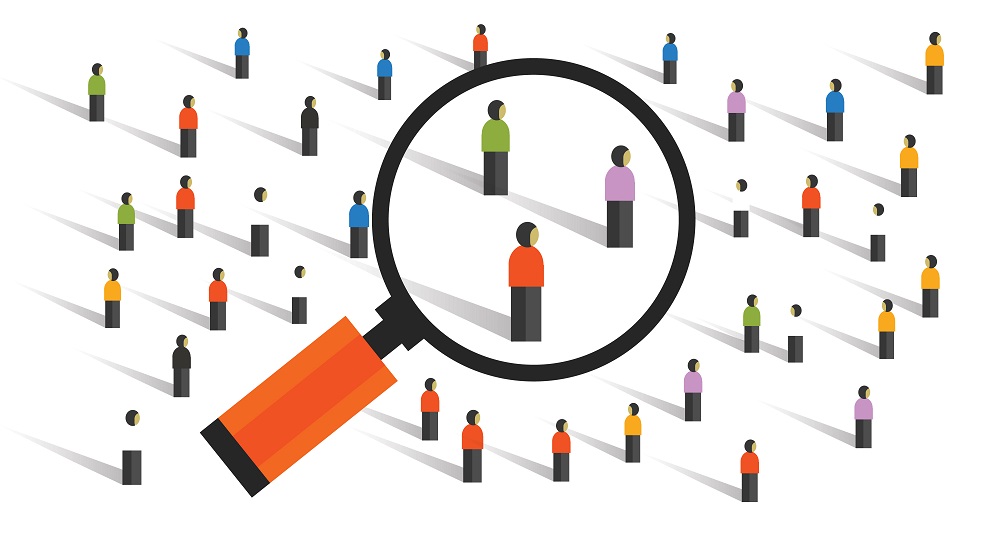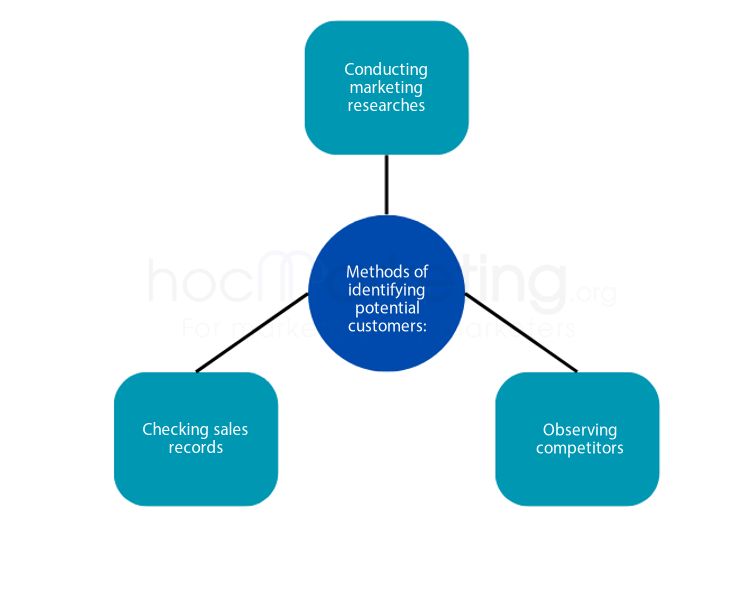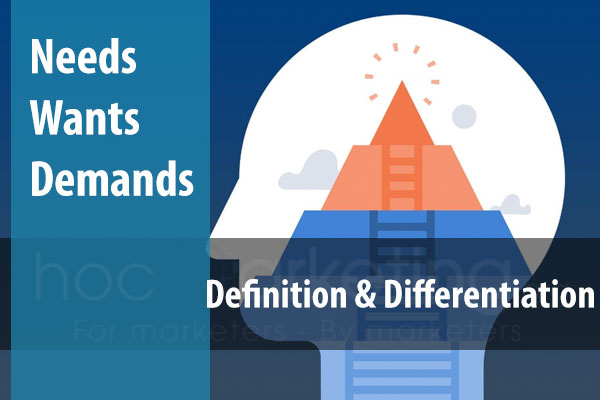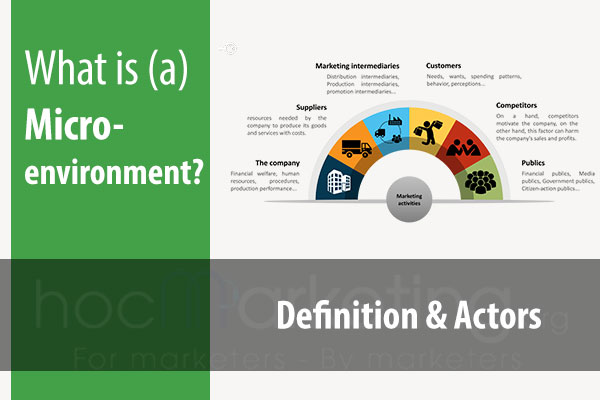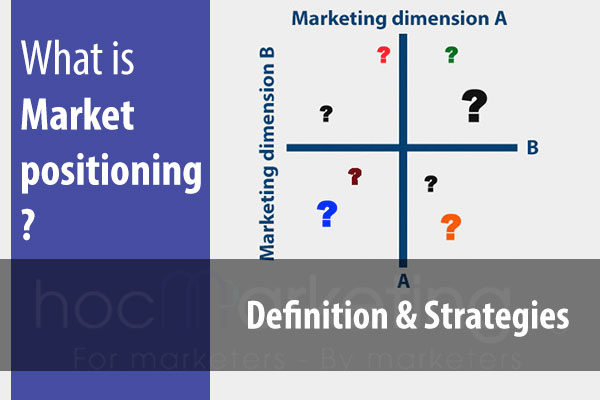
What is a potential customer? Definition and roles of potential customers

What is a potential customer? Definition and roles of potential customers in Marketing. Effective methods to identify potential customers of a business in Marketing.
Potential customers are the lifeblood of any business. They are the individuals or organizations that have shown some level of interest in a company's products or services, but have not yet made a purchase. Understanding who potential customers are and their roles in marketing is crucial for any business looking to expand its market share and increase revenue. In this blog post, we will explore the definition of potential customers, the differences between potential customers and target customers, and the various methods businesses can use to identify potential customers. So, let's dive in and explore the world of potential customers.
What is a potential customer?
A potential customer is someone who has needs and wants which can be satisfied by products/services of an enterprise, but he/she has never bought those products/services.
| Concept | Potential customer |
| Category | A classification of customers based on the potentiality to generate sales and profits. |
| Related concepts(s) | Target customers |
| Usually used in those Marketing activities | Marketing research, Marketing planning, Marketing strategy building |
There are many reasons to explain why a potential customer has never bought products/services supplied by a business:
- The customer doesn't know about the existence of the business or those products/services.
- The customer has chosen the same products/services supplied by competitors.
- The customer hasn't chosen those products/services because he/she doesn't believe in their quality.
- The customer hasn't bought those products/services because he/she cannot reach their point of sales.
- And many other reasons...
Differences between potential customers and target customers
Both "potentials customers" and "target customers" are basic terms used in Marketing. However, how can we distinguish potential customers from target customers? What are the differences between the terms?
| Potential customers | Target customers |
|
- They have needs that can be met by products/services of enterprise but haven't bought those products/services because of some reasons. - They are identified by marketing researchs. |
- They are customers targeted by a business marketing strategy. - They are identified by market segmentation and market targeting. - Target customers can include potential customers and actual customers |
Roles of potential customers in Marketing
Potential customers play important roles in a business such as:
Potential customers can be seen as a key to expand a company's market share
When talking about expanding a market share in a business, what do you think about? Yes, we often think about expanding the business coverage to reach more customers, or improving the business's product quality to attract customers who are using competitors' products.
The number of potential customers in the market is limited. A potential customer of “A” enterprise and true customers of “B” enterprise. Therefore, when "A" enterprise successfully persuades potential customers to buy a product or use service of them, market share of B enterprise will decrease.
Potential customers show what a business lacks
When figuring out reasons why potential customers haven't bought marketing offerings supplied by a business, the business may know what it lacks for its competitive advantages (product quality, price, supply chain, promotions...).
Methods of identifying potential customers
There are popular methods of identifying potential customers:
Conducting marketing researches
Conducting marketing research is a traditional and effective way to identify most potential customers. By collecting secondary data from the internet and documents, getting primary data by observation, survey, interview... a company can calculate how many potential customers living in a geographical area.
Conducting marketing researches is a crucial method of identifying potential customers. This involves gathering and analyzing data about the market, including consumer behavior, preferences, and trends. By conducting marketing researches, businesses can gain insights into the needs and wants of their target audience, as well as identify potential customers who may be interested in their products or services.
There are various methods of conducting marketing researches, including surveys, focus groups, and online analytics. Surveys involve asking a set of questions to a sample of the target audience, while focus groups involve gathering a small group of people to discuss their opinions and experiences. Online analytics involve analyzing data from website traffic, social media engagement, and other online activities.
Marketing researches can help businesses to identify potential customers who may not have been previously considered. By understanding the needs and wants of these potential customers, businesses can tailor their marketing strategies to better reach and engage with them. This can lead to increased sales and market share, as well as improved customer satisfaction and loyalty.
Checking the records of sales histories
There is one thing that we can be sure of: the conversion rate of a sale over a given period is always less than 100%. In the other words, if there are 100 customers to your store (both online and offline methods) on one day, the number of customers who decide to buy your product is always less than 100. The number of customers who haven't decided to buy are potential customers of your store. Of course, your business has to increase conversion rates to potential customers become true customers.
When it comes to identifying potential customers, one of the most effective methods is to check the records of sales histories. This involves analyzing past sales data to identify patterns and trends that can help businesses understand who their potential customers are.
By examining sales histories, businesses can gain valuable insights into the buying habits and preferences of their customers. This information can then be used to identify potential customers who share similar characteristics and behaviors.
For example, if a business sells a product that is popular among young adults, they may look at their sales history to identify other customers who fall within the same age range and have similar interests and buying habits. This can help them target their marketing efforts more effectively and expand their customer base.
In addition to identifying potential customers, checking sales histories can also help businesses identify areas where they may be falling short. By analyzing sales data, businesses can identify products or services that are not selling as well as they should be, and make adjustments to their marketing strategies accordingly.
Observing competitors
In fact, actual customers using competitors' products are potential customers to the business. Knowing that, it is difficult to persuade these customers to switch to another company's products, but it is still possible because they always aim for products and services that make them most satisfied.
When it comes to identifying potential customers, one of the most effective methods is observing competitors. By analyzing the behavior of your competitors' customers, you can gain valuable insights into what your own potential customers might be looking for.
Here are some key ways that observing competitors can help you identify potential customers:
1. Understanding customer needs: By observing your competitors' customers, you can gain a better understanding of what they are looking for in a product or service. This can help you tailor your own offerings to better meet those needs.
2. Identifying gaps in the market: By analyzing your competitors' customer base, you can identify areas where there may be unmet needs or gaps in the market. This can help you develop new products or services that fill those gaps and attract potential customers.
3. Analyzing customer behavior: By observing how your competitors' customers interact with their products or services, you can gain insights into what motivates them to make a purchase. This can help you develop more effective marketing strategies that target those motivations.
Overall, observing competitors is a key method for identifying potential customers and gaining a competitive edge in your market. By analyzing the behavior of your competitors' customers, you can gain valuable insights that can help you expand your market share and grow your business.
Frequently Asked Questions (FAQ)
Potential customers can be seen as a key to expand a company's market share
When talking about expanding a market share in a business, what do you think about? Yes, we often think about expanding the business coverage to reach more customers, or improving the business's product quality to attract customers who are using competitors' products.
Potential customers show what a business lacks
When figuring out reasons why potential customers haven't bought marketing offerings supplied by a business, the business may know what it lacks for its competitive advantages (product quality, price, supply chain, promotions...)
1. Conducting marketing researches
2. Checking the records of sales histories
3. Observing competitors
